Located on the Olympic Peninsula of western Washington, Olympic National Park is one of the United State’s most impressive protected areas. Home to three different ecosystems, including temperate forests, subalpine forests and a picturesque coastline, the park is a hotspot of biodiversity. In fact, several endemic plants and animals can be found living within its borders.
We’ll introduce you to Olympic National Park below, by explaining some of the most remarkable wildlife species that call the park home. We’ll also provide a few helpful tips for seeing as many animals as possible during your visit.
Mountain Goats: Beautiful, but Uninvited
Introduced, non-native species are rarely celebrated, but the goats of Olympic National Park are worth checking out.
Mountain goats are not native to Olympic National Park, but a small number were accidentally introduced to the park about 100 years ago. The park proved to be a good habitat for the goats, and many have survived in the park’s higher elevations to the present day.
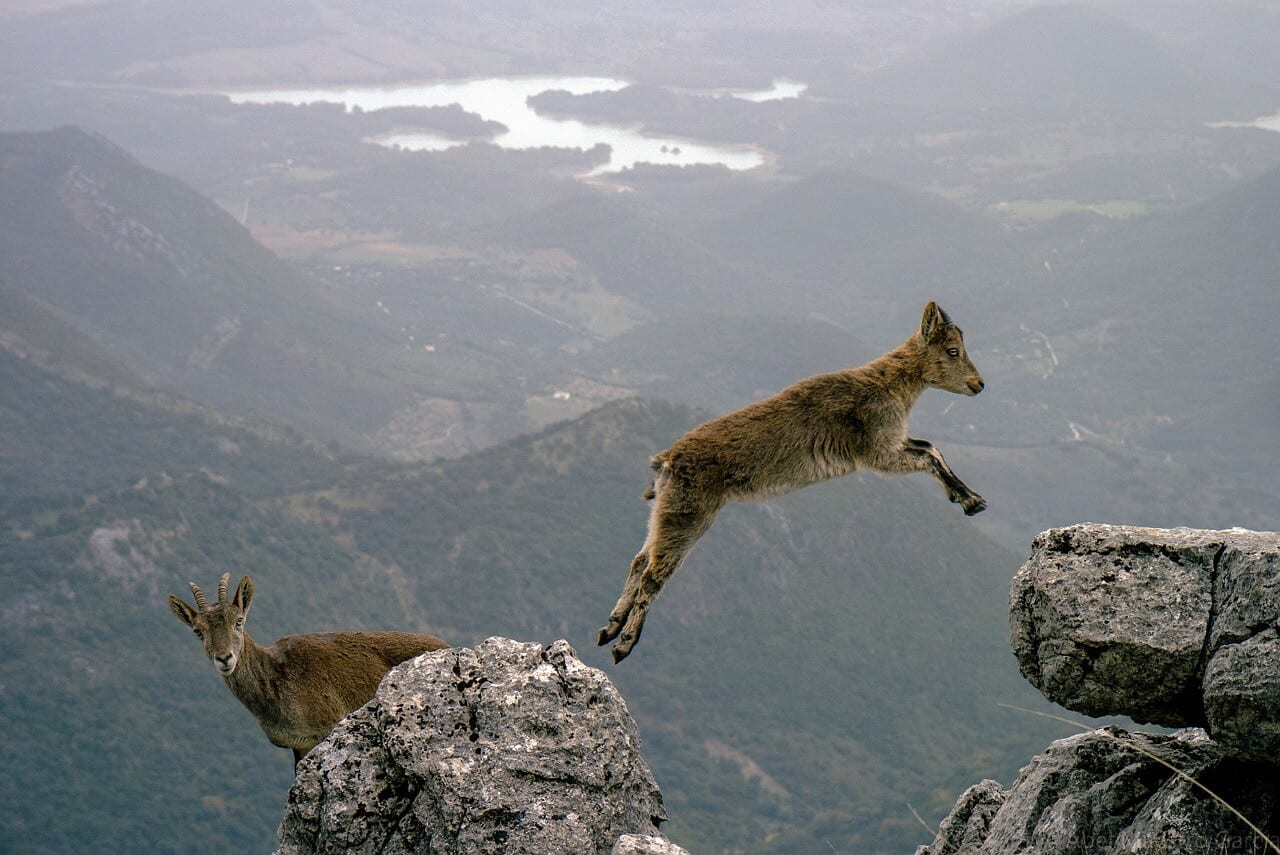
Like many other non-native species, the goats have caused considerable harm to the park’s habitats. However, they are still remarkable animals, and it isn’t their fault they were mistakenly introduced to the area. Accordingly, many visitors still enjoy observing the animals when they get the chance. Currently, park officials are taking steps to reduce, and ultimately eliminate the local goat population, so go see them while you still have the chance.
Hooved Animals of the Pacific Northwest
Aside from the park’s introduced mountain goats, two native hooved animals also call the park home.
Two fantastic deer live within the borders of Olympic National Park. The smaller of the two – the blacktail deer – is the more abundant species. It is also the one visitors are most likely to see. Easy to recognize by noting their black tails, the park’s deer are quite common. They can be seen in just about any area of the park, but they are most commonly spotted in places where forests and meadows meet.

The other hooved animal living in the park is the Roosevelt (or Olympic) elk. The largest of North America’s four elk subspecies, the Roosevelt elk occasionally reaches 1,100 pounds. These majestic creatures are most commonly seen near the park’s rainforests around dawn or dusk.
The Birds of Olympic National Park
Given the lush vegetation of the area, it shouldn’t be surprising that Olympic National Park hosts many bird species.
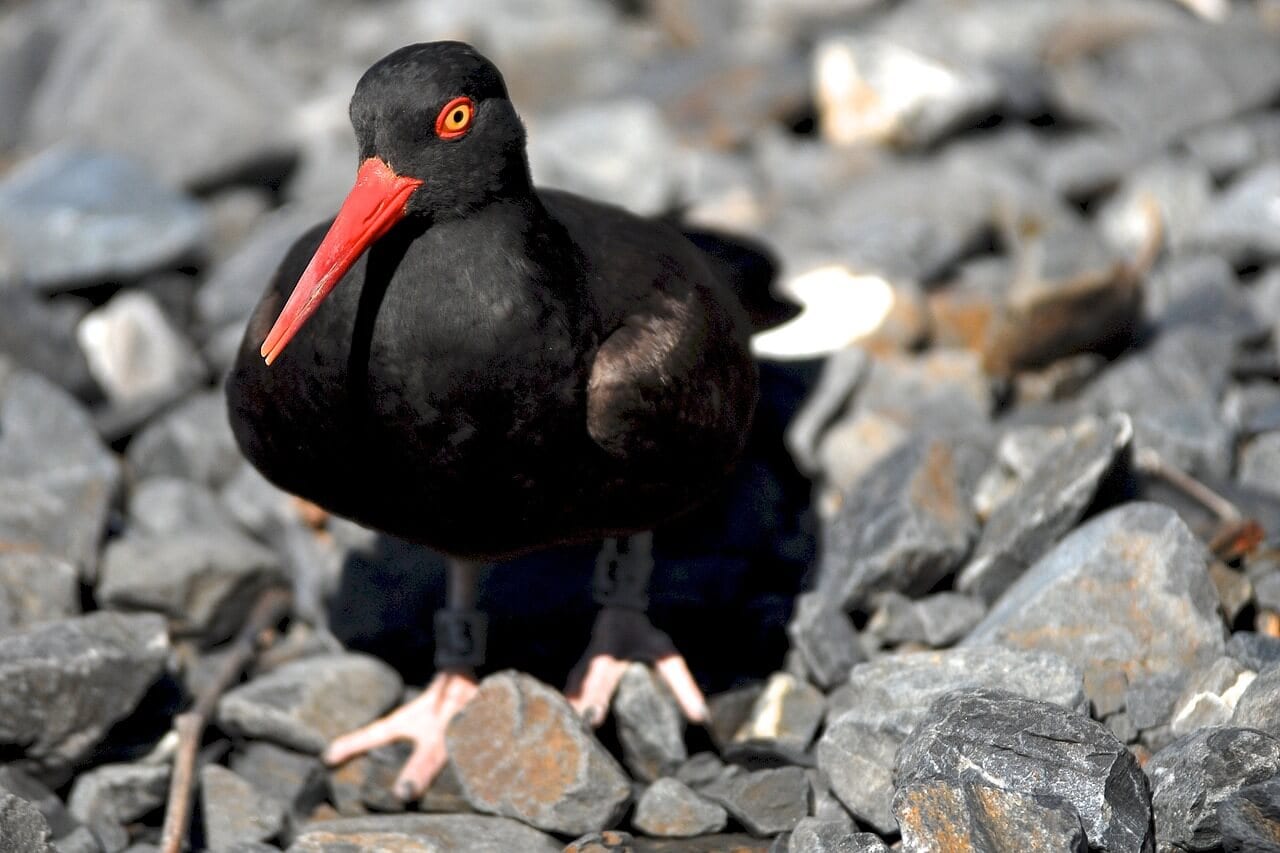
Olympic National Park is home to approximately 300 different bird species. This includes small, forest-dwelling species, such as the spotted towhee, shoreline denizens, such as the black oystercatcher and large birds of prey, like the bald eagle, who hunt in the nearby rivers and streams.
Two of the most notable species living in the park include the sooty grouse and northern pygmy owls. The grouse is a ground-dwelling bird that inhabits the park’s forests, and – somewhat unusually – moves into higher elevations during the winter. The pygmy owl, by contrast, inhabits the forests all year long, while hunting for insects, rodents and small birds.
Predators of the Park: Cougars, Bobcats and Black Bears
Although they aren’t as common as some of the park’s other wildlife, cougars and bears both populate the area.
Olympic National Park is home to two large predators: cougars (also called mountain lions) and black bears. However, it is important to note that while black bears are predators, the bulk of their diet is made up of insects, roots, nuts and berries.
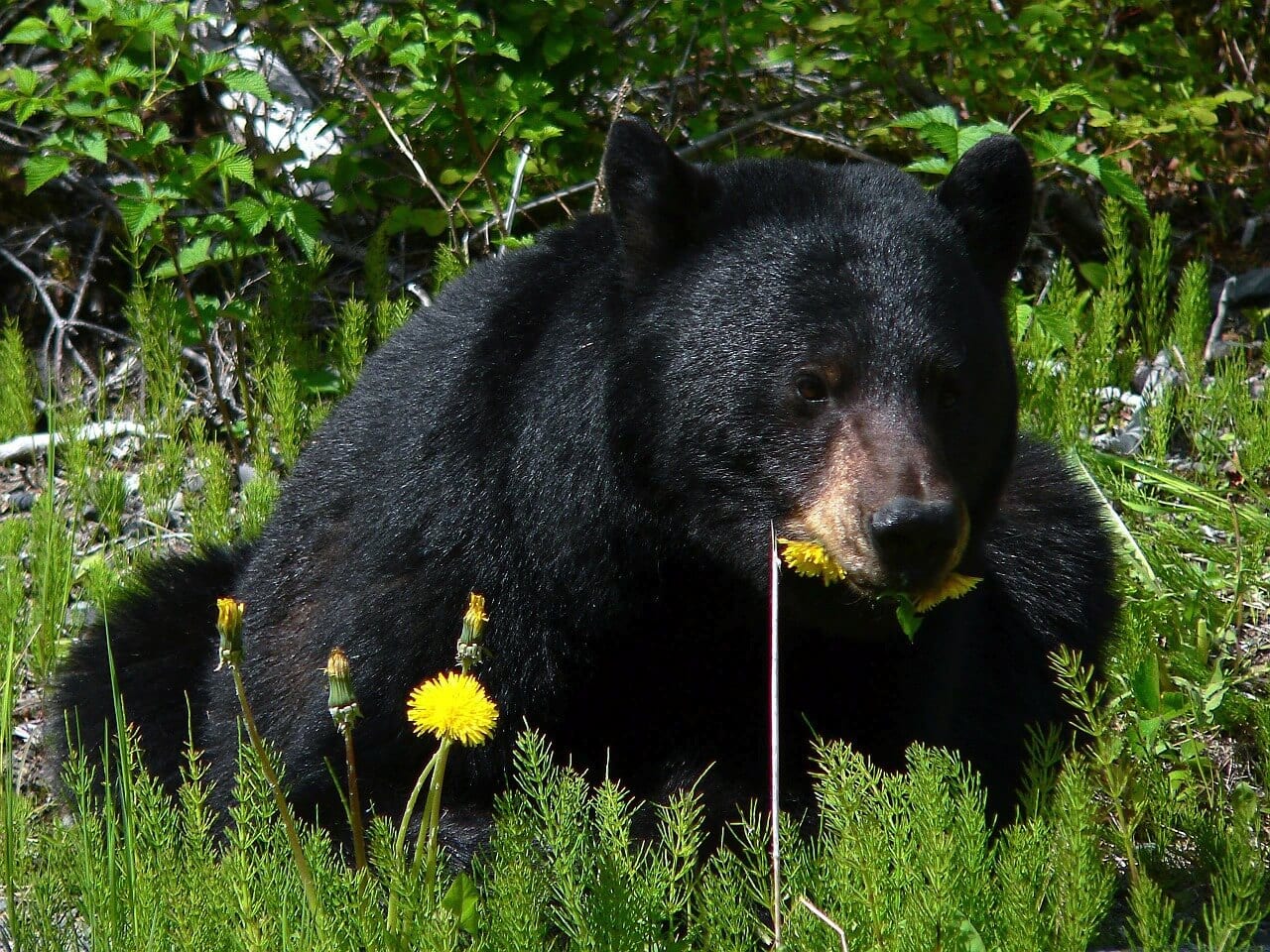
The park’s black bears are rather secretive, and they typically avoid the crowded portions of the park. To see them, you’ll usually need to explore some of the park’s seldom-used backcountry trails. Most black bear sightings occur during the day, although they do occasionally show up at campsites after dark, in search of food.
Cougars are the apex predator of Olympic National Park. They are very secretive animals, and sightings are quite rare. Nevertheless, they do populate the park and feed on blacktail deer and rabbits, among other prey. Bobcats also live within the park’s borders, although they’re nearly as secretive as their larger cousins are. Bobcats primarily feed on the rabbits living in the park. However, they’ll occasionally attack deer and other large animals when food is scarce.
Wildlife Viewing Tips
Make the most of your Olympic National Park visit by employing the wildlife-viewing tips discussed below.
Wildlife is abundant in Olympic National Park, but you’ll need to harness all of your observation skills to see as many species as possible. Just try to employ the following tips to give yourself the best chance to see a variety of animals.
- Spend time looking for animals at dawn and dusk. Many of the park’s animals engage in a crepuscular lifestyle. This means that they are most active during the low-light hours around dawn and dusk. So, make sure to set your alarm in the morning and get out to enjoy the animals, and make a habit of taking a walk or riding in a car after you’ve enjoyed dinner.
- Keep your eyes peeled for areas where two habitats meet. Several of the park’s most remarkable species, including deer, coyote and red foxes, forage and hunt where forests meet fields.
- Let your ears be your guide. Many of the inhabitants of Olympic National Park produce sounds that can help you find them. For example, elk often bugle during the mating season, while sooty grouse create a thumping sound to attract mates and mark their territory.

Share Your Experiences!
Olympic National Park is undoubtedly one of the most popular parks on the west coast of the U.S. It’s easy to see why, given the remarkable wildlife that calls the park home. Also, because of its semi-isolated location, Olympic National Park gives you the chances to see several animals that don’t live anywhere else on earth. Accordingly, it is a place that every nature-lover should strive to visit at some point.
Have you ever visited Olympic National Park before? We’d love to hear about your experiences. Tell us what your favorite part of the park was, as well as which wildlife species you had the chance to observe during your visit. Your experiences may even help other readers make the most of their visit.


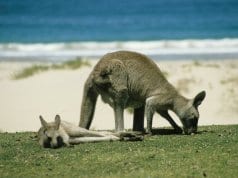
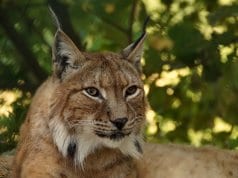
![Red Angus Closeup of a beautiful Red Angus cowPhoto by: U.S. Department of Agriculture [pubic domain]https://creativecommons.org/licenses/by/2.0/](https://animals.net/wp-content/uploads/2020/03/Red-Angus-4-100x75.jpg)

